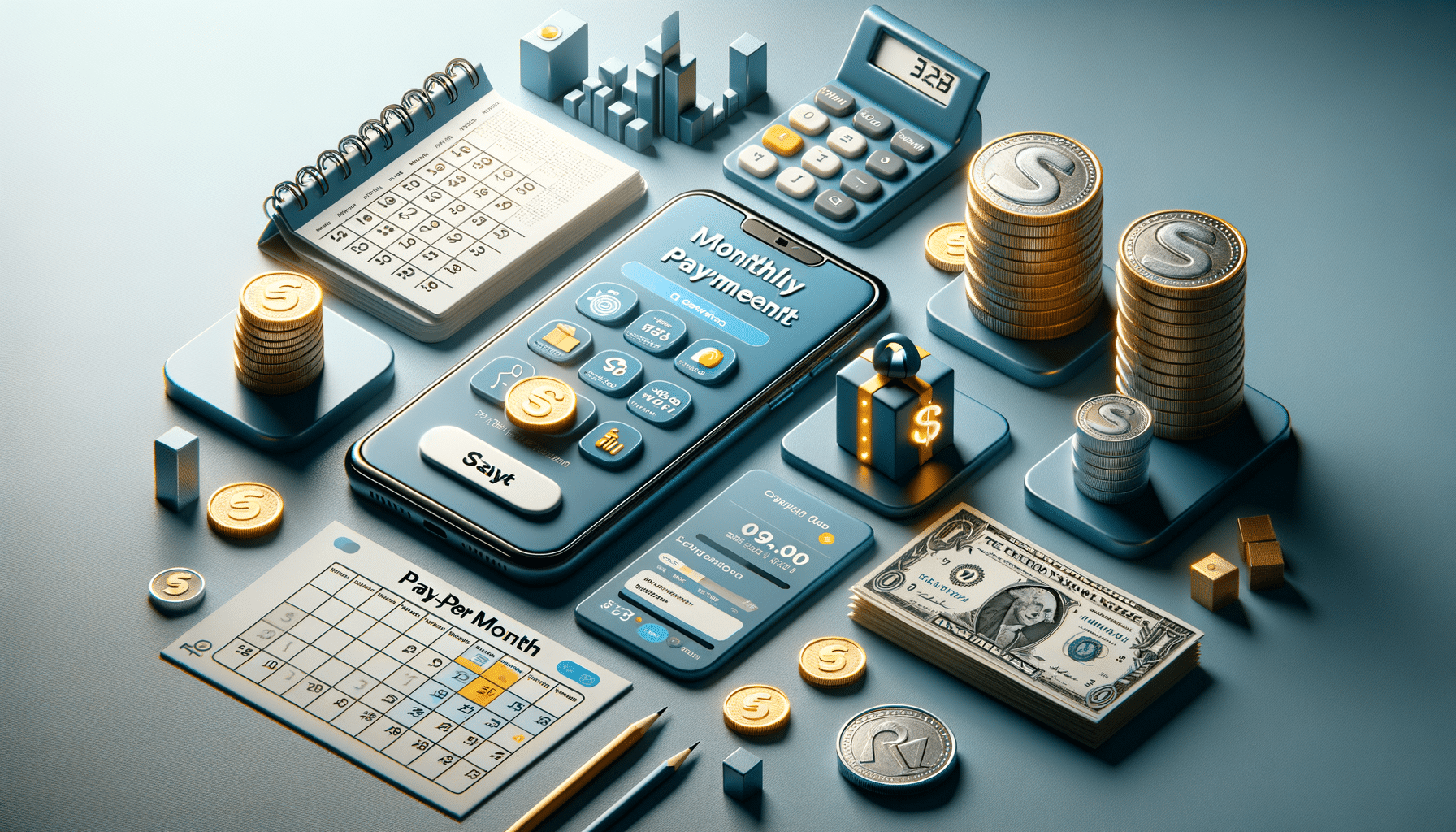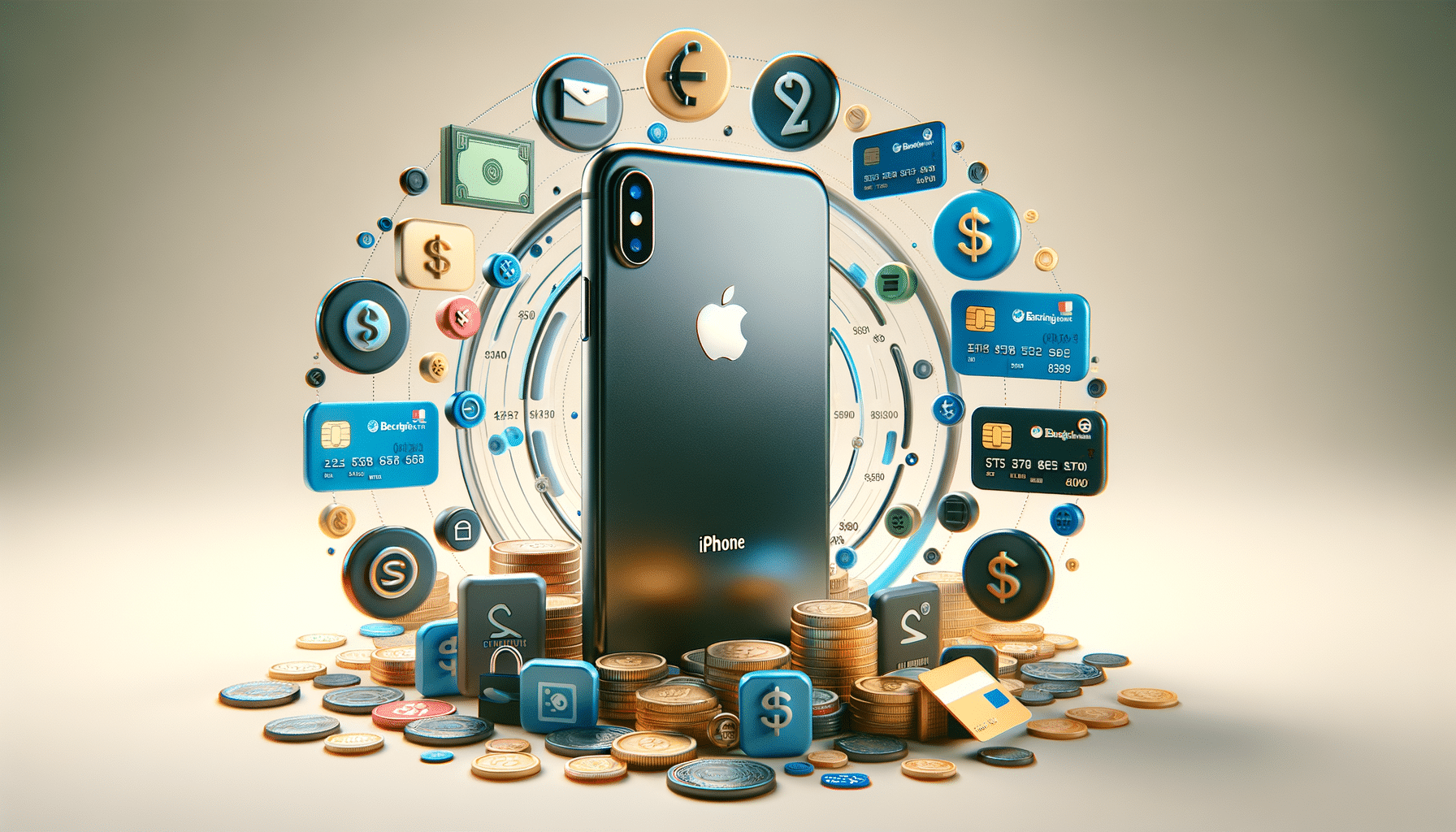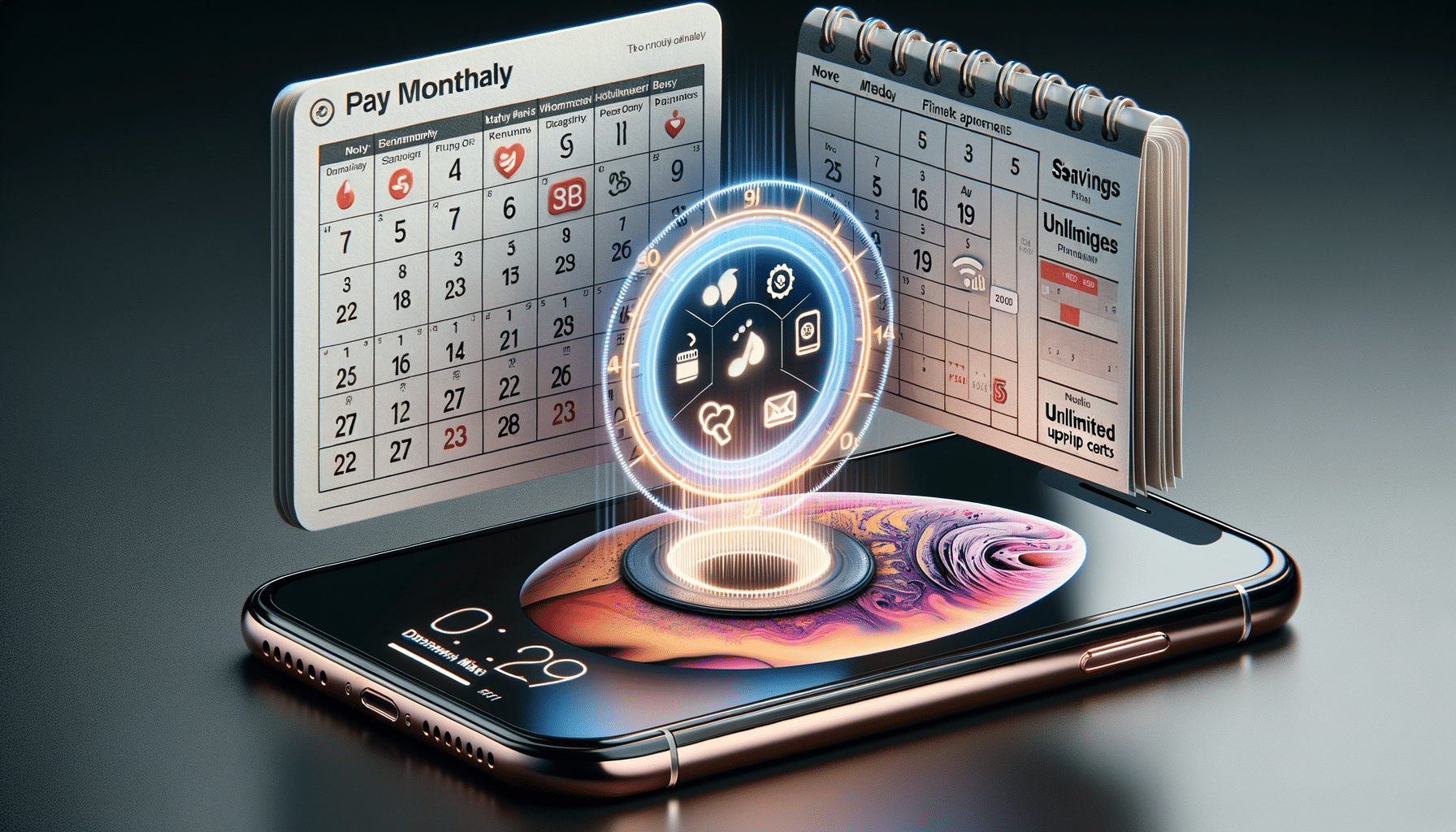
Exploring Monthly Payment Options for iPhones
Introduction to Monthly Payment Plans for iPhones
In today’s fast-paced world, owning a smartphone is almost a necessity, and for many, the iPhone remains a highly desired choice. However, the upfront cost of purchasing an iPhone can be a significant financial burden. This is where monthly payment plans come into play, offering a more manageable way to own the latest technology without breaking the bank. Monthly payment plans for iPhones allow consumers to spread the cost over a set period, making it easier to budget and afford the device. This article delves into the various aspects of pay monthly iPhone plans, examining their benefits, potential drawbacks, and how they compare to other purchasing options.
Understanding the Basics of Pay Monthly iPhone Plans
Pay monthly iPhone plans are structured to provide consumers with the flexibility to pay for their device over time. These plans typically involve a contract with a mobile carrier or a financial institution, where the cost of the phone is divided into monthly installments. This approach can be particularly appealing for those who prefer not to pay a large sum upfront or who want to upgrade their device regularly.
Some key features of pay monthly plans include:
- Fixed monthly payments: This allows for predictable budgeting, as the cost is spread evenly over the contract term.
- Inclusion of mobile service: Many plans bundle the phone payment with a mobile service plan, which can include data, calls, and texts.
- Upgrade options: Some plans offer the ability to upgrade to a new device after a certain period, keeping users up-to-date with the latest technology.
While these plans offer convenience, it’s important to read the terms carefully, as they may include interest rates or additional fees that could affect the overall cost.
Comparing Pay Monthly iPhone Plans to Other Purchasing Options
When considering a new iPhone, it’s essential to weigh the pay monthly plans against other purchasing options, such as buying outright or leasing. Each method has its advantages and is suitable for different financial situations and preferences.
Buying outright means paying the full price of the iPhone upfront. This option avoids interest and additional fees, potentially saving money in the long run. However, it requires a significant initial investment, which may not be feasible for everyone.
Leasing, on the other hand, allows users to rent the phone for a period, often with lower monthly payments compared to ownership plans. However, leasing does not result in ownership, and there may be restrictions on device usage or condition.
Pay monthly plans strike a balance between these two, offering ownership with manageable payments. The choice between these options depends on personal financial goals, the importance of ownership, and the desire for the latest technology.
Benefits of Choosing a Pay Monthly iPhone Plan
Opting for a pay monthly iPhone plan can offer several benefits that make it an attractive option for many consumers. One of the primary advantages is the ability to acquire a new phone without the need for a large upfront payment. This can be particularly beneficial for those on a tight budget or who prefer to allocate their funds elsewhere.
Additionally, pay monthly plans often come with added perks, such as included insurance or extended warranties, providing peace of mind against potential damages or malfunctions. These plans also allow for easier upgrades, as many providers offer trade-in programs that let users swap their old device for a new one, often with minimal additional cost.
Furthermore, the convenience of bundled services, such as data and call plans, simplifies billing and can sometimes offer savings compared to purchasing services separately. Overall, the flexibility and added benefits make pay monthly iPhone plans a popular choice for many.
Potential Drawbacks and Considerations
While pay monthly iPhone plans offer numerous benefits, there are potential drawbacks and considerations that consumers should be aware of. One of the main concerns is the possibility of paying more over time due to interest rates and additional fees that may be included in the contract. It’s crucial to understand the total cost of ownership and compare it to other purchasing methods.
Another consideration is the commitment involved in signing a contract, which can range from one to three years. This can limit flexibility, especially if financial circumstances change or if the user wishes to switch carriers. Early termination fees may apply if one decides to end the contract prematurely.
Lastly, while upgrade options are available, they may come with conditions, such as maintaining the device in excellent condition or paying off a certain portion of the contract. Consumers should carefully review the terms and conditions to ensure they are comfortable with the obligations and potential limitations.
Conclusion: Is a Pay Monthly iPhone Plan Right for You?
Deciding whether a pay monthly iPhone plan is the right choice depends on individual financial situations, preferences, and technology needs. For those who prioritize having the latest device without the burden of a large upfront cost, these plans offer a convenient and flexible solution. However, it’s essential to consider the total cost, contract terms, and personal financial goals before committing.
By understanding the various aspects of pay monthly iPhone plans, consumers can make informed decisions that align with their lifestyle and budget. Whether opting for a pay monthly plan, buying outright, or leasing, the key is to choose an option that provides the desired balance of cost, convenience, and technology access.


